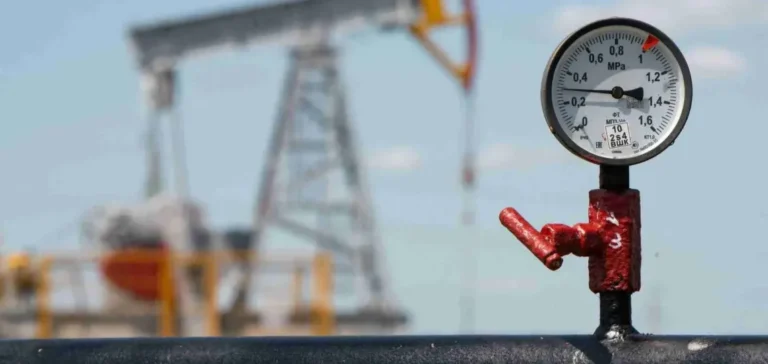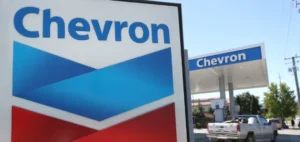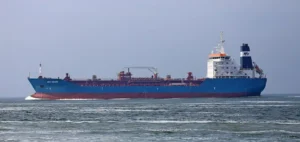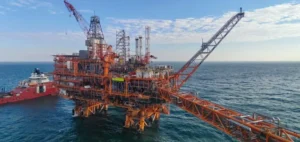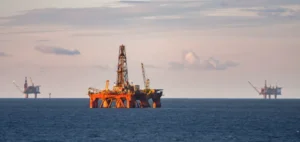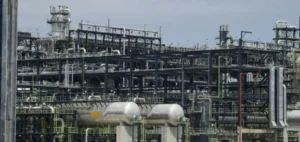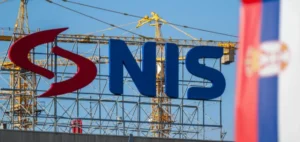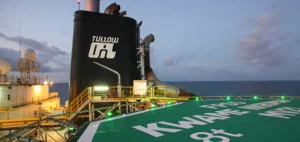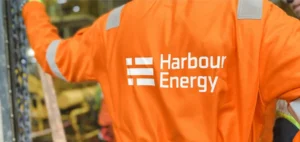Global oil production is expected to exceed demand by 4 million barrels per day (mbpd) in 2026, according to the latest estimates released by the International Energy Agency (IEA). This imbalance would represent nearly 4% of global consumption, increasing downward pressure on crude prices, which have already declined this year.
The IEA has revised its supply forecasts upwards, projecting an increase of 3 mbpd in 2025, compared to a previous estimate of 2.7 mbpd. The expected growth in 2026 is an additional 2.4 mbpd, driven by the gradual unwinding of production cuts by the Organization of the Petroleum Exporting Countries and its allies (OPEC+), as well as rising output from non-member producers.
Rising volumes and slowing demand
In contrast to this supply momentum, global demand is slowing. The IEA has reduced its growth forecast for 2025 to 710,000 barrels per day, 30,000 barrels lower than its previous projection. Demand is expected to remain subdued in 2026, with annual growth stabilising around 700,000 barrels per day.
This pace is well below historical trends, affected by a more constrained macroeconomic context and the gradual electrification of transport. According to the agency, these two factors are placing long-term pressure on oil consumption.
Significant increase in seaborne stocks
The report also highlights a sharp increase in oil in transit: 102 million additional barrels were recorded at sea in September, the highest level since the COVID-19 pandemic. This rise is mainly attributed to increased production in the Middle East.
Alongside OPEC+, countries such as the United States, Canada, Brazil and Guyana are contributing to the growing volumes available on the market, heightening fears of an oversupplied environment as early as next year.
Diverging forecasts among industry actors
The IEA’s outlook contrasts significantly with that of other sector players. The Organization of the Petroleum Exporting Countries maintains its forecast for demand growth at 1.3 mbpd in 2025, while anticipating a narrow balance between supply and demand in 2026. This divergence underscores the uncertainty surrounding mid-term oil market fundamentals.
A survey of analysts conducted in September suggested an average surplus forecast of 1.6 mbpd for 2026—less than half the level anticipated by the IEA. The wide gap in projections reflects uncertainties around economic recovery, exporter production strategies and the technological evolution of mobility systems.


